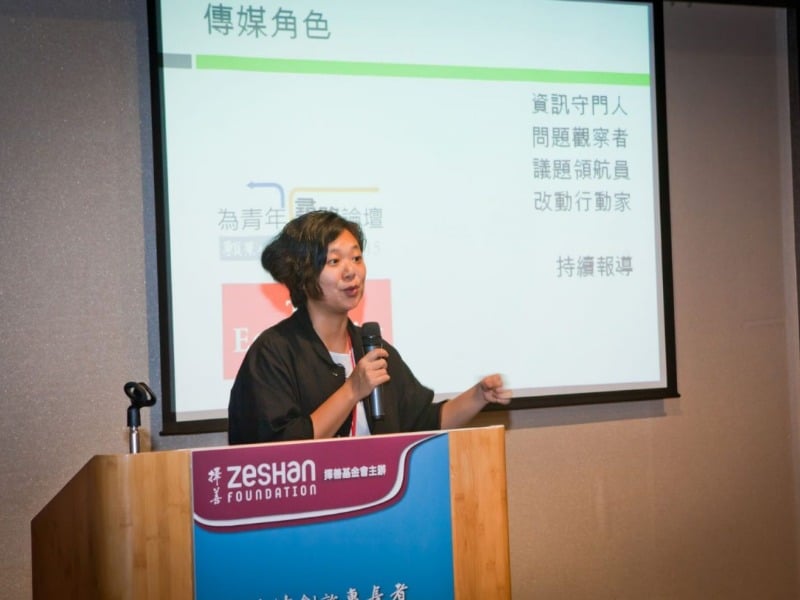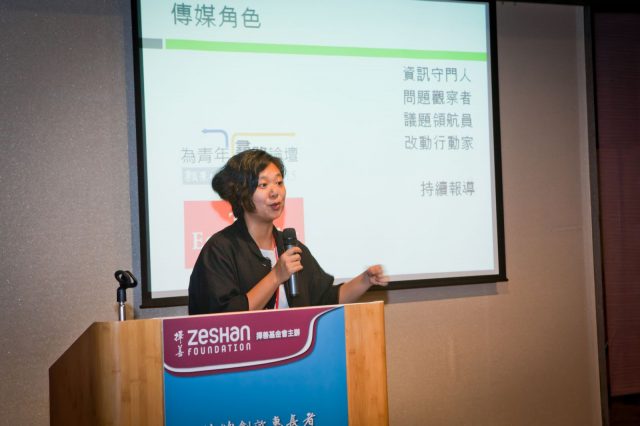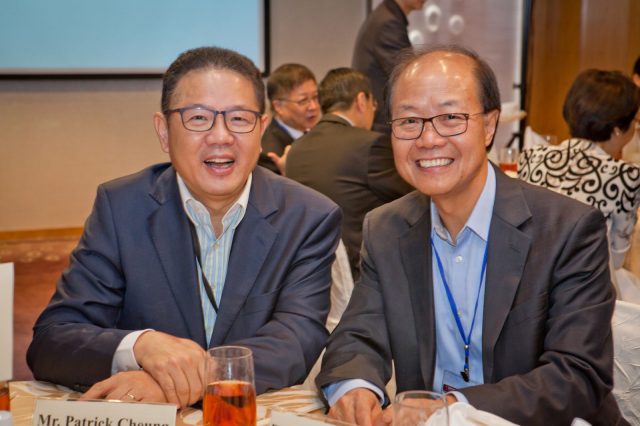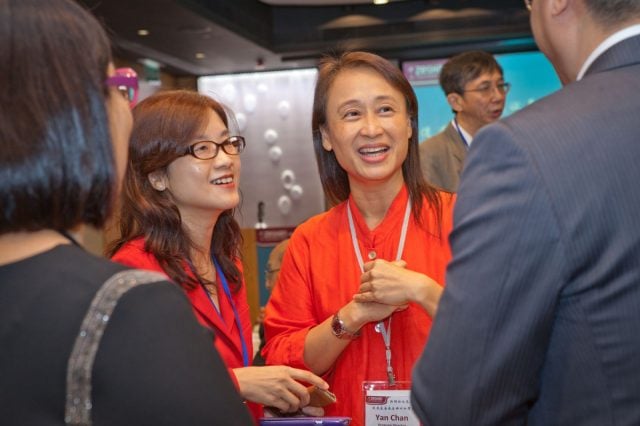Creating Sustainable Public-Private Partnership for Ageing Population
In 2015, ZeShan Foundation organized a 2-day conference to facilitate learning and collaboration on the building of sustainable public-private partnerships for elderly services, as part of ZeShan’s core focus on Ageing Well and more broadly to promote strategic philanthropy in Hong Kong. Held on November 12-13 at the Novotel Century Hong Kong Hotel, the conference brought together 150 opinion leaders, senior executives and policymakers from different sectors, ranging from the government, NGOs, private foundations to academia.
With Hong Kong’s aging population, it is essential to develop sustainable public-private partnerships to leverage resources necessary for addressing the coming challenges (and opportunities). While the city’s philanthropy sector, including private, family and corporate foundations, have a long history of providing funding support to elderly services, foundations can play a more proactive role as an agent of change such as by strategically supporting evidence-based pilot projects with the potential to scale up, so as to demonstrate their effectiveness and influence policy.
“The strength of foundations is their independence and flexibility. Public bodies and non-profits face many constraints. In comparison, foundations have the capacity to respond to social needs quickly, boldly, flexibly and creatively, providing the space for social innovations to be incubated and tested. If foundations can capitalize on their unique strengths, they have great potential to become catalysts for social change.” Ms. Annie Chen, Director, ZeShan Foundation
The conference saw very lively discussion on ways to improve elderly services, the role of philanthropy, and partnership building, on top of which suggestions were raised to establish a platform to facilitate further communication, coordination and collaboration between funders. This conference marked the first of such event convened by a private foundation in Hong Kong, signifying the philanthropy sector’s increasingly proactive approach in social services.
- Partners and Organizing Committee

Conference video





